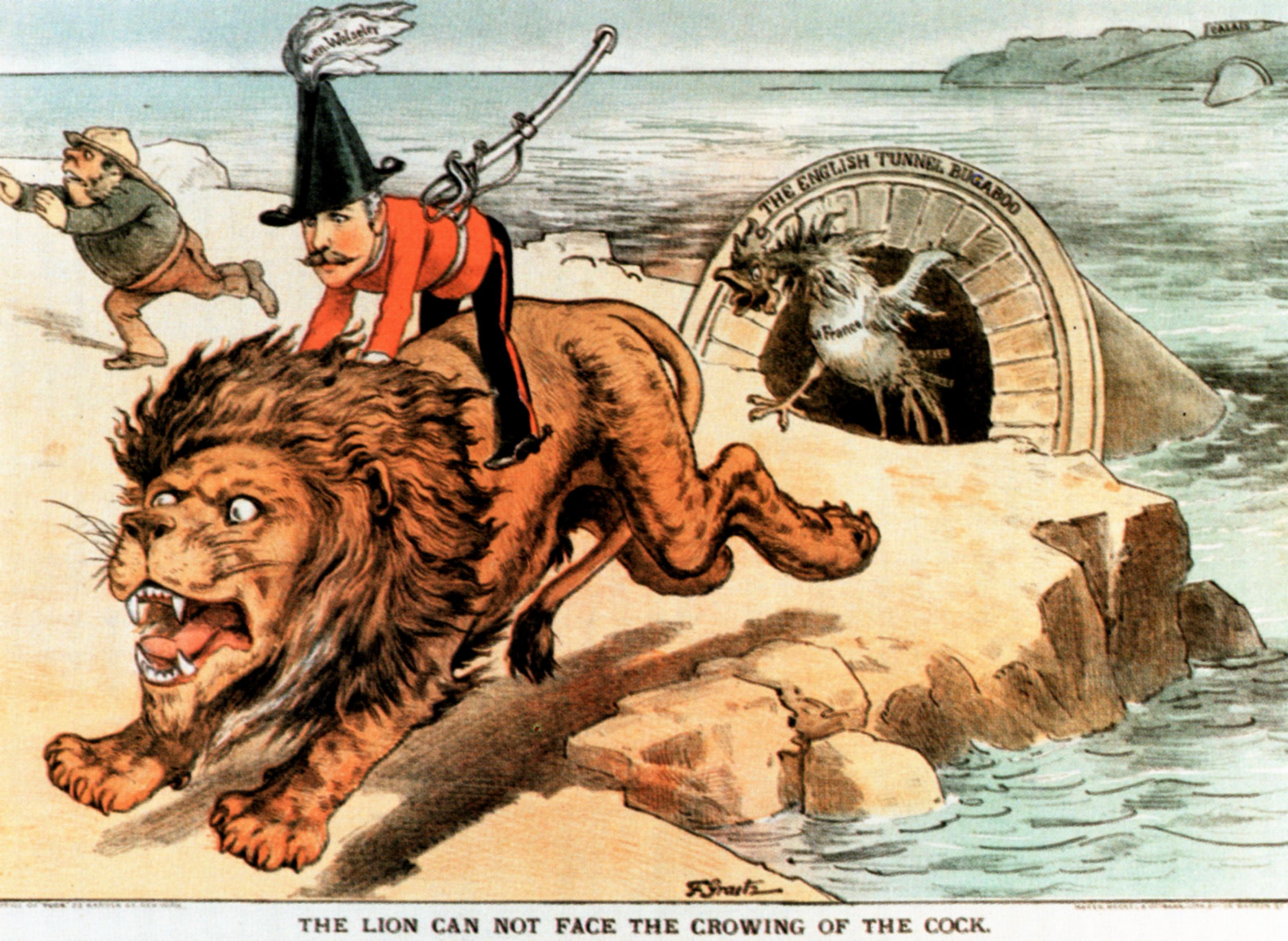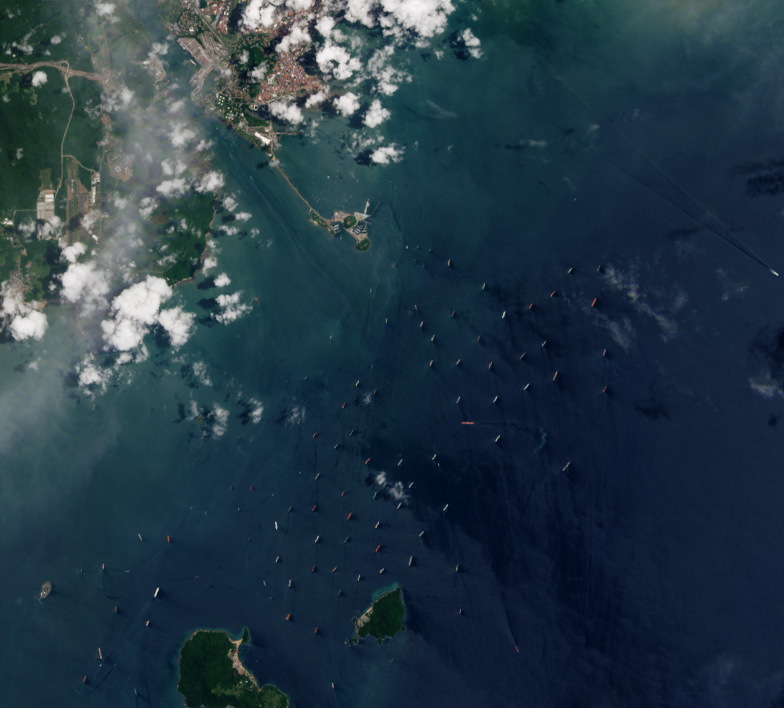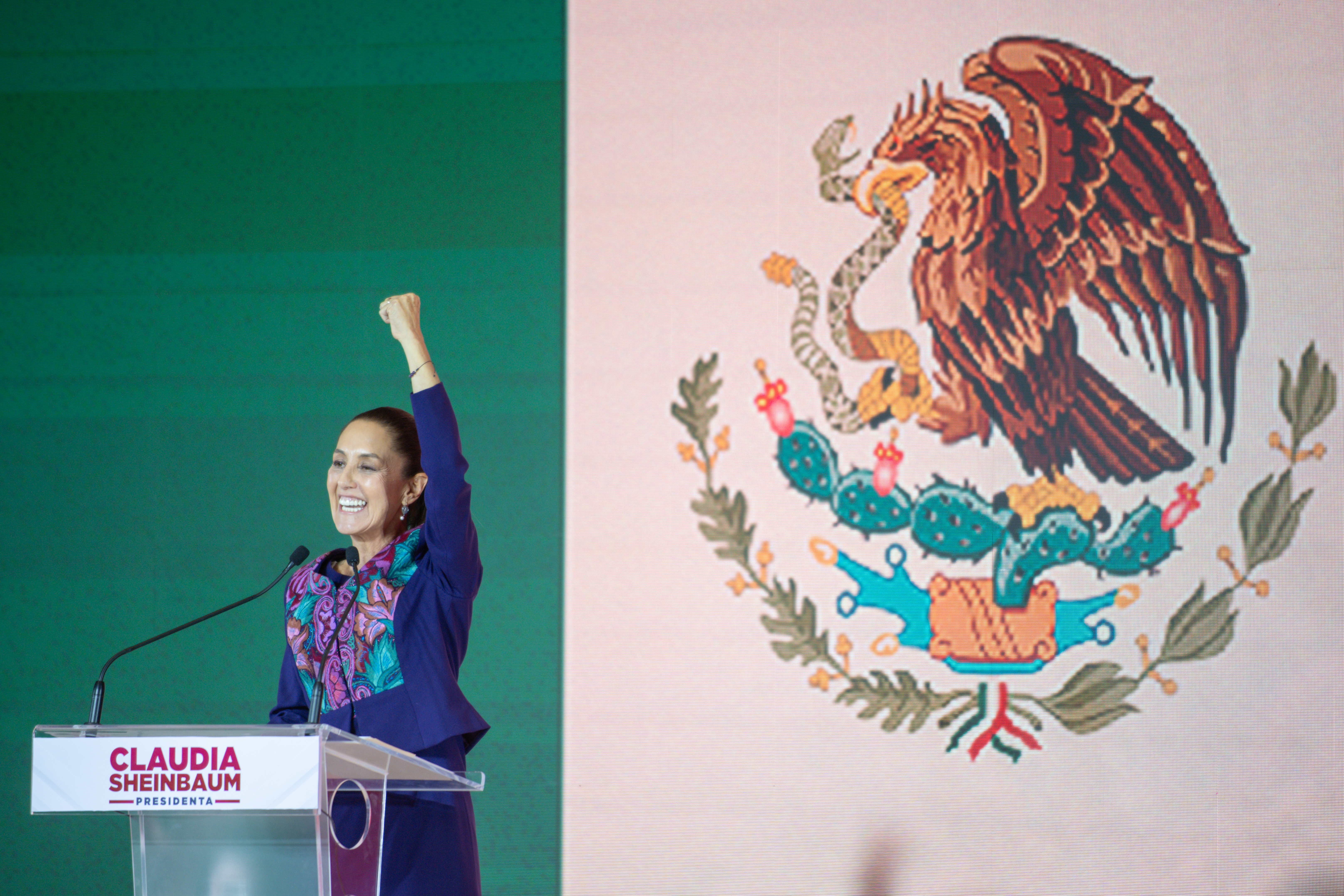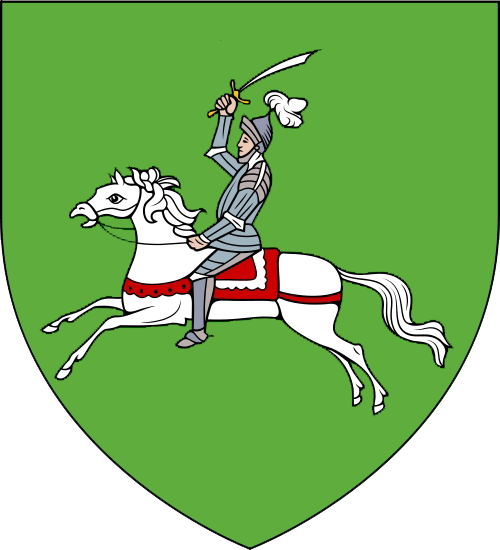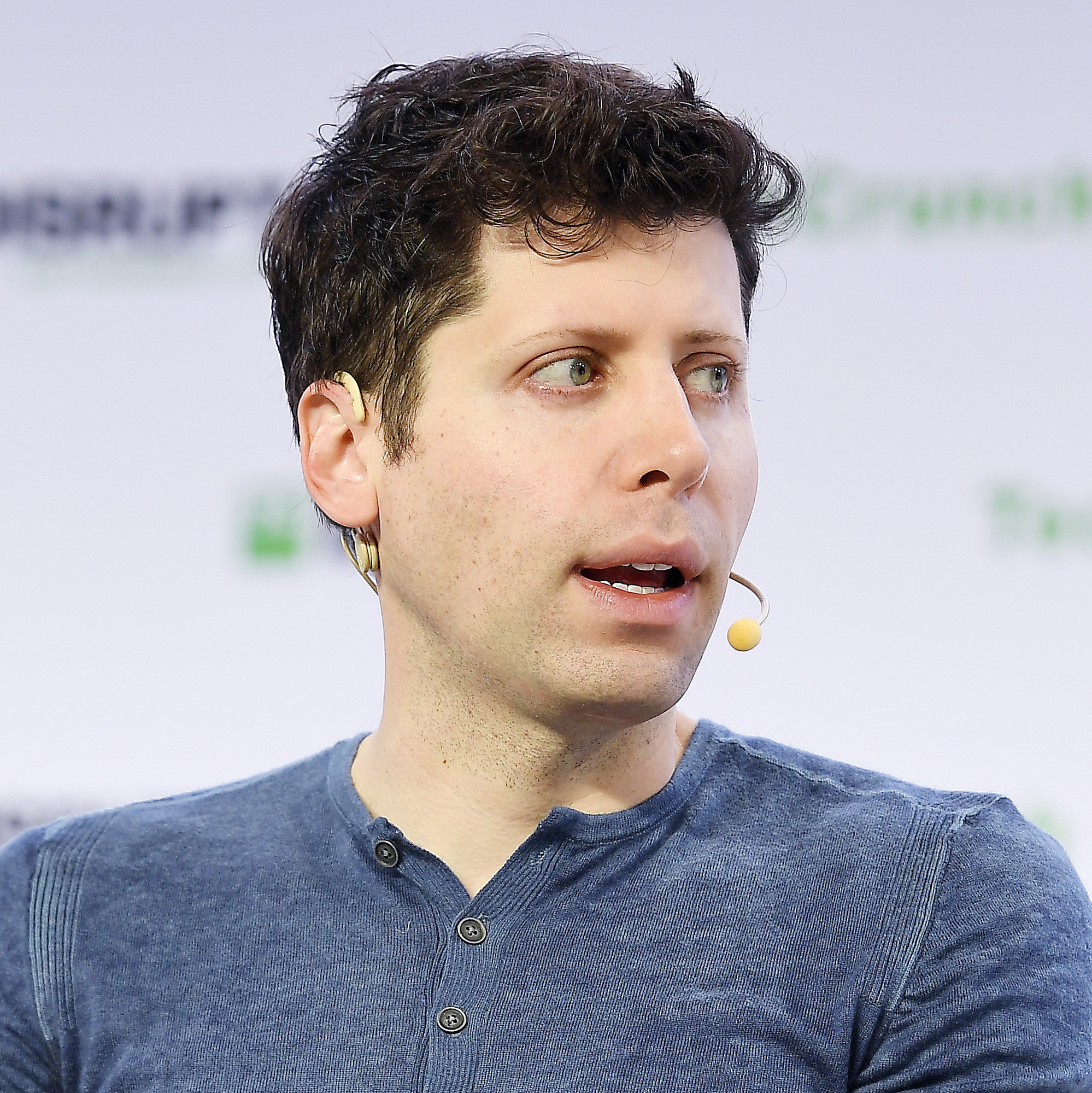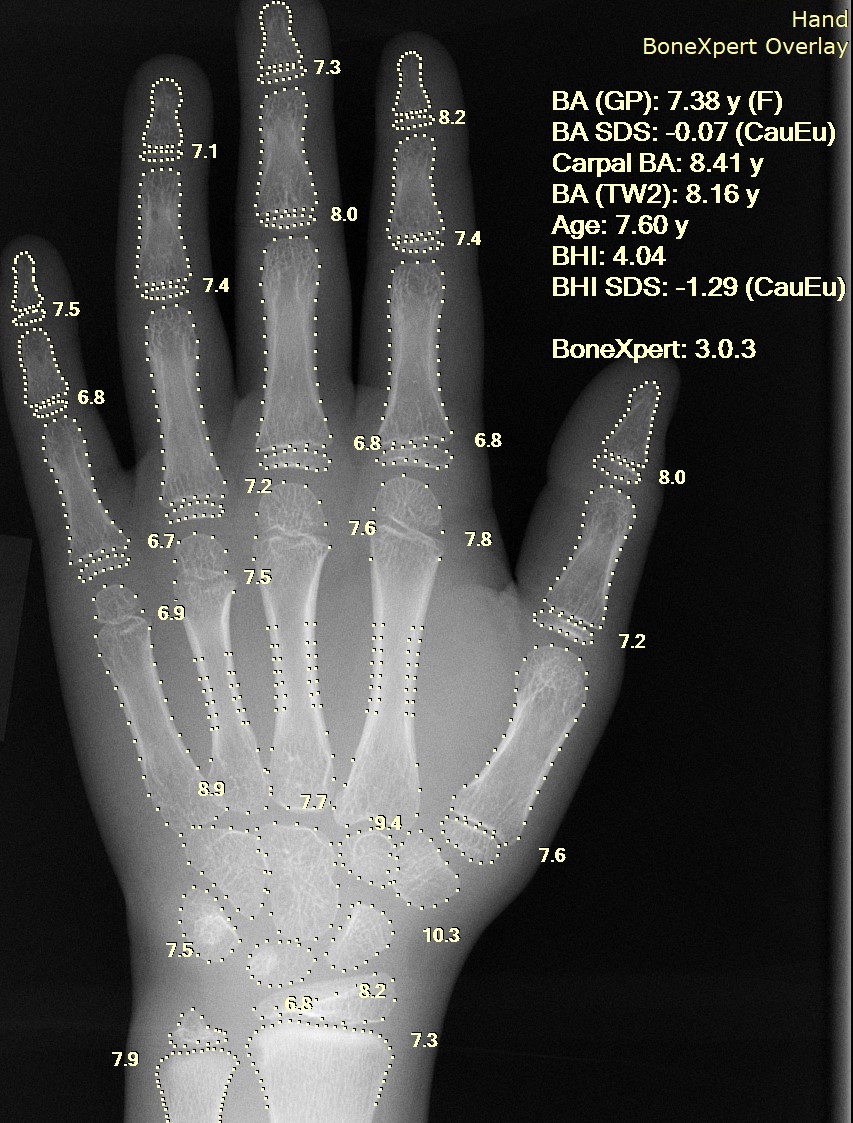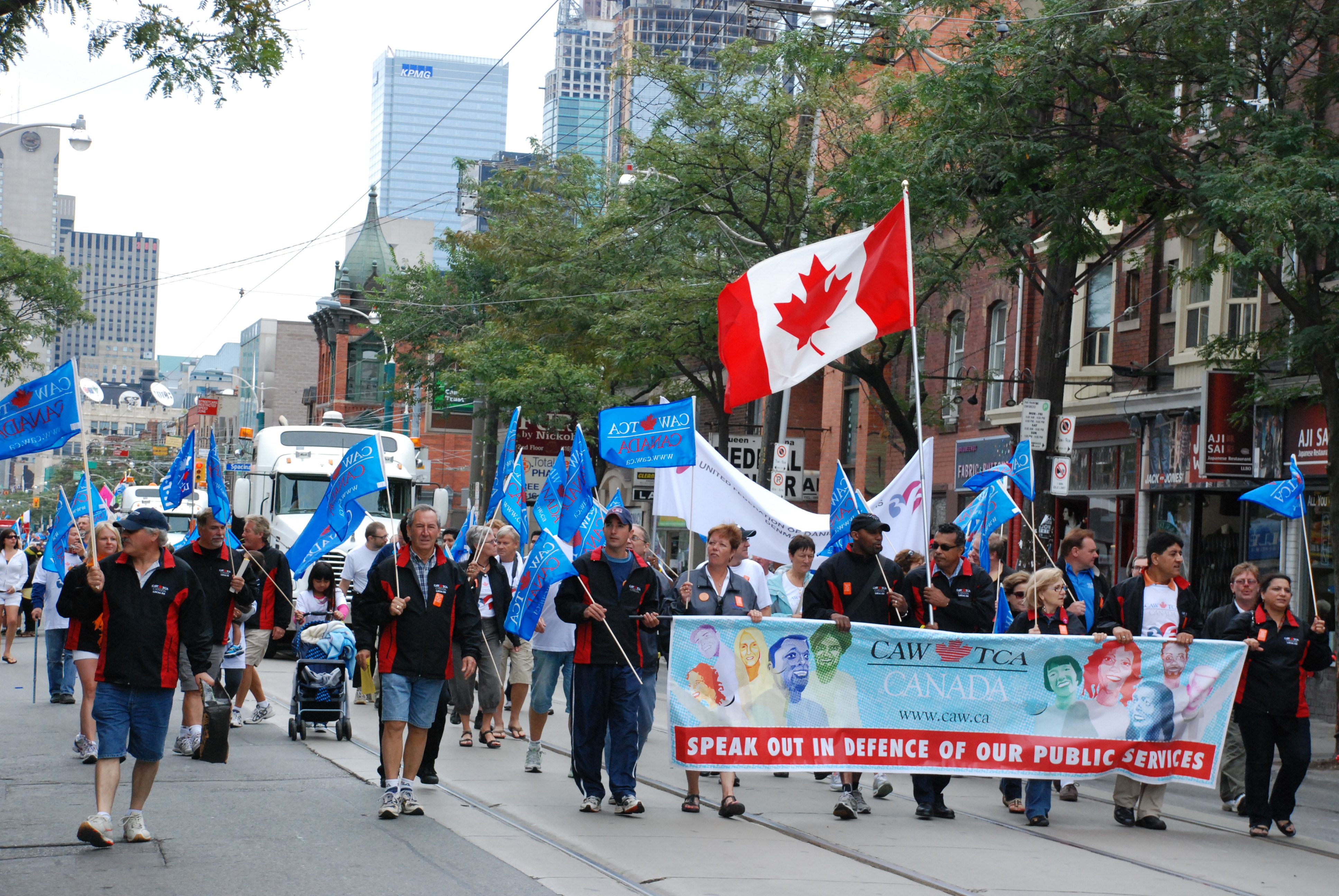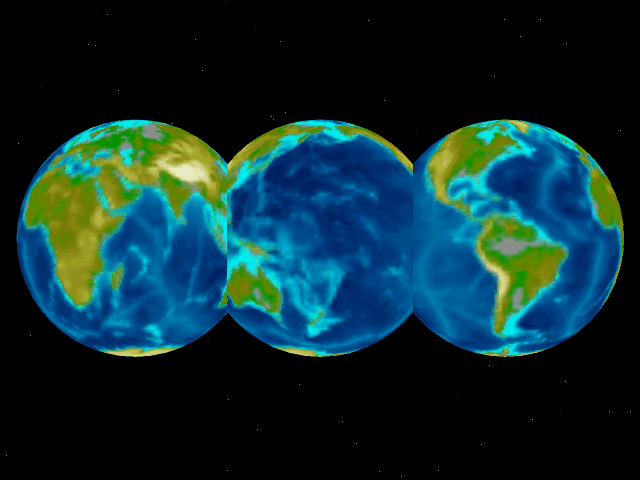
Land, Sea, or Space – the search for critical minerals has increased in importance, and value, with the advent of renewable energy technologies requiring mineral-dependent battery storage. This week, Ukraine and the United States were about to finalize a deal for access to Ukraine’s critical minerals as spoils of war, with an unclear promise of protection stating “we’ll be looking to future security later on” (Butenko 2025). Ukraine holds about 5% of the planet’s land-based critical minerals including 19 million tonnes of graphite, essential for batteries powering electric vehicles, as well as one-third of all European deposits of lithium, another battery essential. It should be noted that Ukraine’s President Zelensky opened up the topic for discussion several months ago when the US administration appeared to be swinging into a more transactional stance; the deal appears to be in question, following a meeting on 28 February 2025. World Economic Forum reports Ukraine has 20,000 mineral deposit sites with only 15% yet tapped.
There are three places where minerals and metals can be obtained: land, sea, and – now – space. All three have problems, and potential, but some say space mining may be the least destructive.
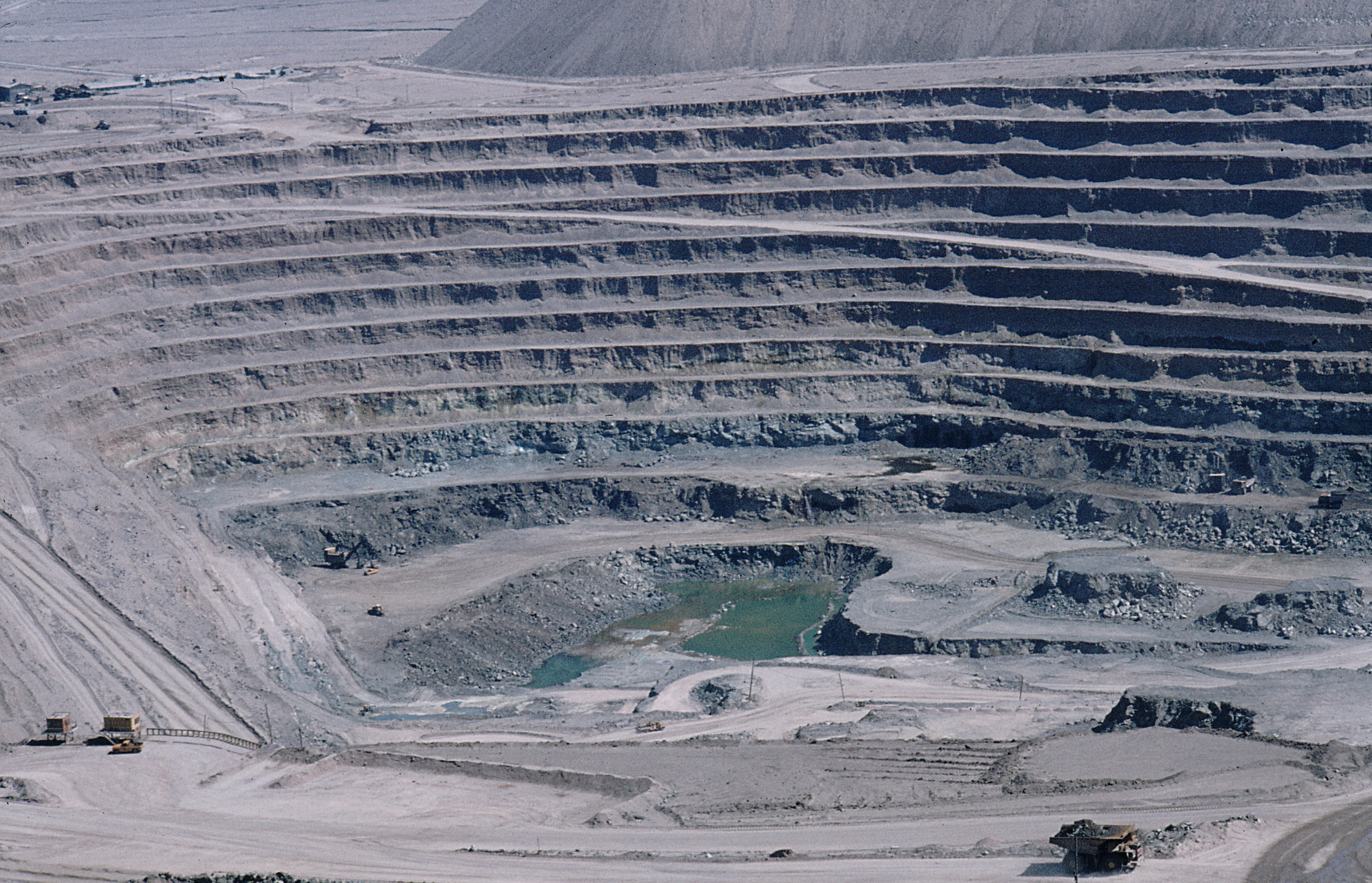
Land mining for minerals like cobalt or copper, for example, inflicts environmental damage, affects First Nation or Indigenous people on whose land such mining often occurs, and adversely influences public health. In some mining areas, like the Democratic Republic of Congo, human rights violations are a concerning problem.

Seabed mining may pose even greater environmental damage. Mining always involves explosives and massive disruption. It’s bad enough on land, but what will happen when explosions and digging by autonomous robotic bulldozers hack open the deep seabed’s polymetallic nodules to harvest cobalt, nickel, and other critical minerals? How far will ocean current carry and spread debris? And, which victor would own the spoils? The United Nations Convention on the Law of the Sea (UNCLOS) assigns the right to exploit mineral resources only to a set point for coastal nations. Everything beyond 200 nautical miles belongs to everyone: it is the blue commons. Managed by the International Seabed Authority (ISA), seabed mining is advancing: contracts moving from exploration to exploitation are in development. There is cause for concern. So, if land and seabed pose environmental, economic, health, and political problems, what’s left? Look up.

Space mining may offer access to critical minerals without disturbing land, or sea. Asteroids contain an abundance of cobalt, copper, graphite, iron, nickel, platinum, and rare earth elements, among others. Japan’s space agency JAXA recently obtained asteroid samples for analysis. China will launch Tianwen-2 to explore asteroid 2016HO3, and then visit the asteroid belt between Mars and Jupiter. United Arab Emirates plans a similar trip in 2028. NASA in the US scooped material from Bennu and will visit Psyche in 2029 to sample the metals worth $10,000 quadrillion – more than the entire global economy.

While governments have resources for launches and collections (it cost NASA’s OSIRIS-REx, Asteroid Sample Return Mission, $800 million), private enterprise may play a role. Early entrant Planetary Resources failed to launch, as did Deep Space Industries. New companies like US-based TransAstra and China’s Origin Space are developing space mining. But the first place runner may be AstroForge. Founded by Jose Acain and Matt Gialich, the company’s strategy is to launch a patented mini-refinery that can perform mineral extraction while in space, and return to Earth only the valuable material from metallic (M-type) asteroids. Set for launch from NASA’s Kennedy Space Center on a SpaceX Falcon 9, AstroForge’s “Odin” will travel to Asteroid 2022 OB5, about 403,000 miles (649,000 kilometers) from Earth to examine what is expected to be a M-type asteroid rich with platinum.

Which is preferable: mining critical minerals from land, sea, or space? The first two surely have environmental and political problems. The third may cause space debris, a different kind of environmental issue. But, as space policy attorney Paul Stimers observed: “We are removing a rock from something that has no life, no ecology, no indigenous people – none of the downsides of traditional mining.” Legal concerns involve law firms like Stimer’s Holland & Knight or the Duchy of Luxembourg where many space exploration private companies register. Global legal frameworks are spare. The Outer Space Treaty of 1967 mentions only countries, but not private enterprise. The Convention on International Liability for Damage caused by Space Objects, implemented in 1972 , considers space debris. But who owns asteroids? Apparently, anyone who can get there – and back.
Abdurasulov, Abdujalil and Robert Plummer. “What minerals does Ukraine have and what are they used for?” 26 February 2025. BBC. https://www.bbc.com/news/articles/c20le8jn282o
AstroForge. https://www.astroforge.com
Brooke, K. Lusk. “Renewing Minerals – New Energy Paradigm.” Building the World Blog. https://blogs.umb.edu/buildingtheworld/year-2024-renewing-minerals-new-energy-paradigm/
Brooke, K. Lusk. “Speedo Diplomacy and Buried Treasure: Deep Sea Mining and Marine Protected Areas.” Renewing the World: Casebook for Leadership in Water. 2024. ISBN: 979-8-985035957. https://renewingtheworld.com
Brooke, K. Lusk. “SPACE: Bienvenu, Bennu – Rock Star.” 23 September 2023. https://blogs.umb.edu/buildingtheworld/2023/09/25/space-bienvenu-bennu-rock-star/
Butenko, Victoria, Nick Paton Walsh, and Gul Tuysuz. “US and Ukraine agree to terms on natural resources and reconstruction deal, Ukrainian official says.” 26 February 2025. CNN. https://cnn.com/2025/02/25/europe/us-ukraine-resources-reconstruction-deal-intl-latam/index.html
Gunia, Amy. “Minerals are in short supply on Earth. This startup wants to mine asteroids.” 23 April 2024. CNN. https://www.cnn.com/world/astroforge-asteroid-mining-nasa-spc-scn?
Holland & Knight. https://www.hklaw.com
NASA. “OSIRIS-REx, Asteroid Sample Return Mission.” 2016. https://www.nasa.gov/wp-content/uploads/2016/06/0siris-rex_press_kit_0.pdf
Saltman, Max, Katharina Krebs, and Matthew Chance. “Russia says it’s open to economic cooperation with US on rare earth minerals and energy.” 24 February 2025. https://www.cnn.com/2025/02/24/europe/putin-russia-us-cooperation-economy-rare-earths-intl-latam?
United Nations. Office for Outer Space Affairs. “Convention on International Liability for Damage Caused by Space Objects.” 1972. http://www.unoosa.org/oosa/en/ourwork/spacelaw/treaties/introliability-convention.html
United Nations. “Treaty on Principles Governing the Activities of States in the Exploration and Use of Outer Space, Including the Moon and Other Celestial Bodies.” 1967. https://2009-2017.state.gov/t/isn/5181.htm
Wattles, Jackie. “A tiny spacecraft is poised to launch on an unprecedented deep-space mission.” 25 February 2025. CNN. https://www.cnn.com/2025/02/25/science/astroforge-asteroid-mining-spacex-launch?
Xinhua. “China to launch Tianwen-2 mission to explore asteroid.” 25 April 2023. CNSA. https://www.cnsa.gov.cn/english/n6465652/n6465653/c10003702/content.html
Building the World Blog by Kathleen Lusk Brooke and Zoe G. Quinn is licensed under a Creative Commons Attribution-NonCommercial-NoDerivs 3.0 U




